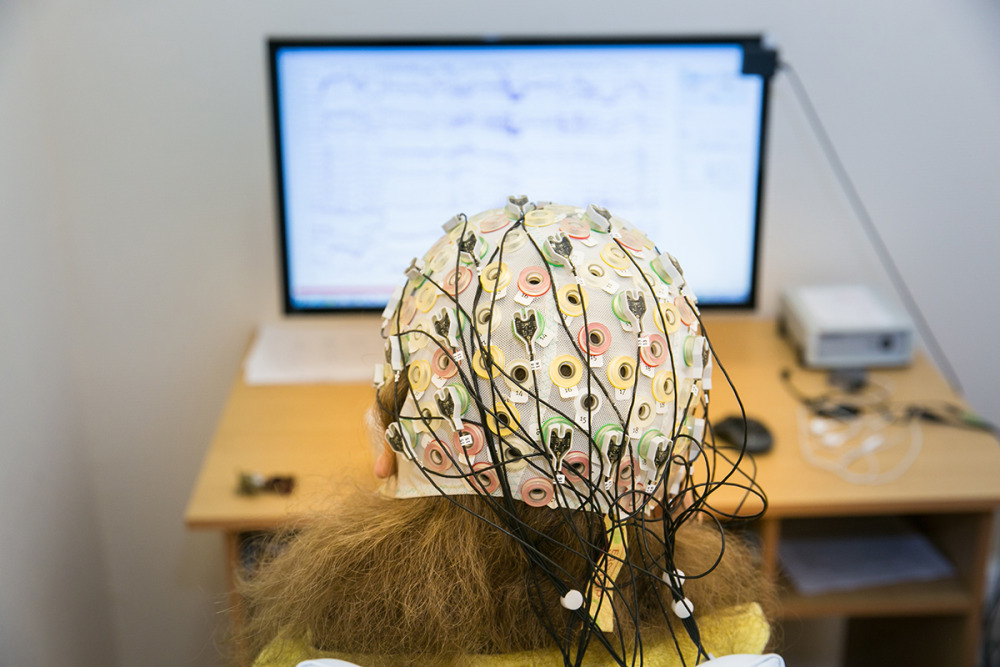
Tag "neuroscience"

Oksana Zinchenko , Research Fellow at the Institute of Cognitive Neuroscience, HSE University, has conducted meta-analysis of 17 articles to find out which areas of the brain are involved in decision-making for rendering social punishment. It would appear that in case of both victims of violations as well as witnesses, punishment decisions activate the brain regions responsible for focusing one’s attention, processing information, and responding effectively to social interaction. The findings of the study were published in Scientific Reports.


When bidding in a competitive market, our brains use a special type of heuristic to adjust the price depending on the success of previous attempts to buy goods. Moreover, this learning mechanism involves not only the cerebral cortex, but the evolutionary ancient brain area of the striatum. This was the conclusion reached by neuroscientists from the HSE Institute of Cognitive Neuroscience and the Research Center of Neurology (Moscow, Russia) in a study that was published in the European Journal of Neuroscience.

The HSE Centre for Bioelectric Interfaces studies bilateral brain-computer communications and creates neuro interfaces for neuro rehabilitation and developing bionic prosthetics. This allows scientists to successfully rehabilitate patients who have suffered strokes, develop prosthetics with better sensitivity, and even provide ways to assess the competency of simultaneous interpreters.

The HSE Centre for Cognition and Decision Making together with a group of other Russian research centres is about to begin work on creating a mathematical model of the human brain. With its help scientists will be able to study the processes which take place in the brain and brain disease. It could be used for medical purposes in the future.
